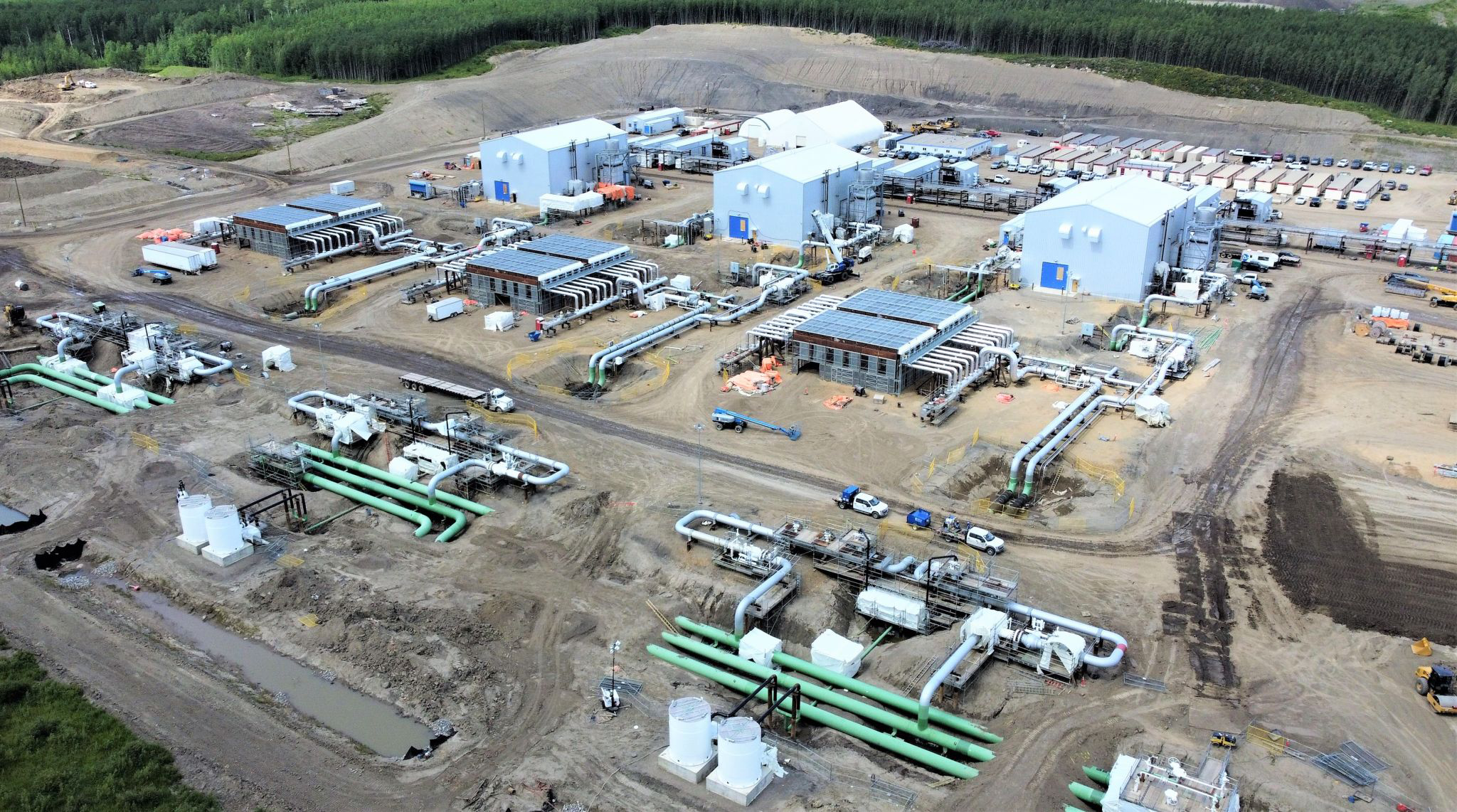As the Coastal GasLink pipeline surpasses 85 per cent completion, a major component known as its beating heart has been turned on.
The project says in late March it introduced the first natural gas into the Wilde Lake compressor station, the starting point of the pipeline in northeast B.C.
Units at the facility once fully operating will provide the pressure required to deliver gas 670 kilometers down the pipeline to the LNG Canada terminal at the Kitimat coast. From there it is expected to travel primarily to Asian markets and help decrease emissions by reducing reliance on coal-fired power.
LNG Canada is expected to have the lowest emissions intensity in the world as a result of factors including Canada’s colder climate and success reducing upstream methane emissions.
Initiating gas supply into Wilde Lake now is part of preparing for operations, readying this industrial heart to start pumping. There are about nine months left until Coastal GasLink’s expected completion.
Of the pipeline’s eight construction sections, two are complete. According to the latest project update, three more are over 90 per cent complete and work on the final three sections is catching up.
This includes 52 per cent completion of the spread between Houston and Morice Lake, where Coastal GasLink is using advanced micro-tunneling technology to place the pipeline 11 meters – the height of a telephone pole – under the Morice River.
At Wilde Lake, Coastal GasLink says crews “continue to check every piece of rotating equipment, every weld and every wire to ensure it has been built as designed with the safety of our workforce, the environment and the surrounding communities at the forefront.”
The unaltered reproduction of this content is free of charge with attribution to Canadian Energy Centre Ltd.

